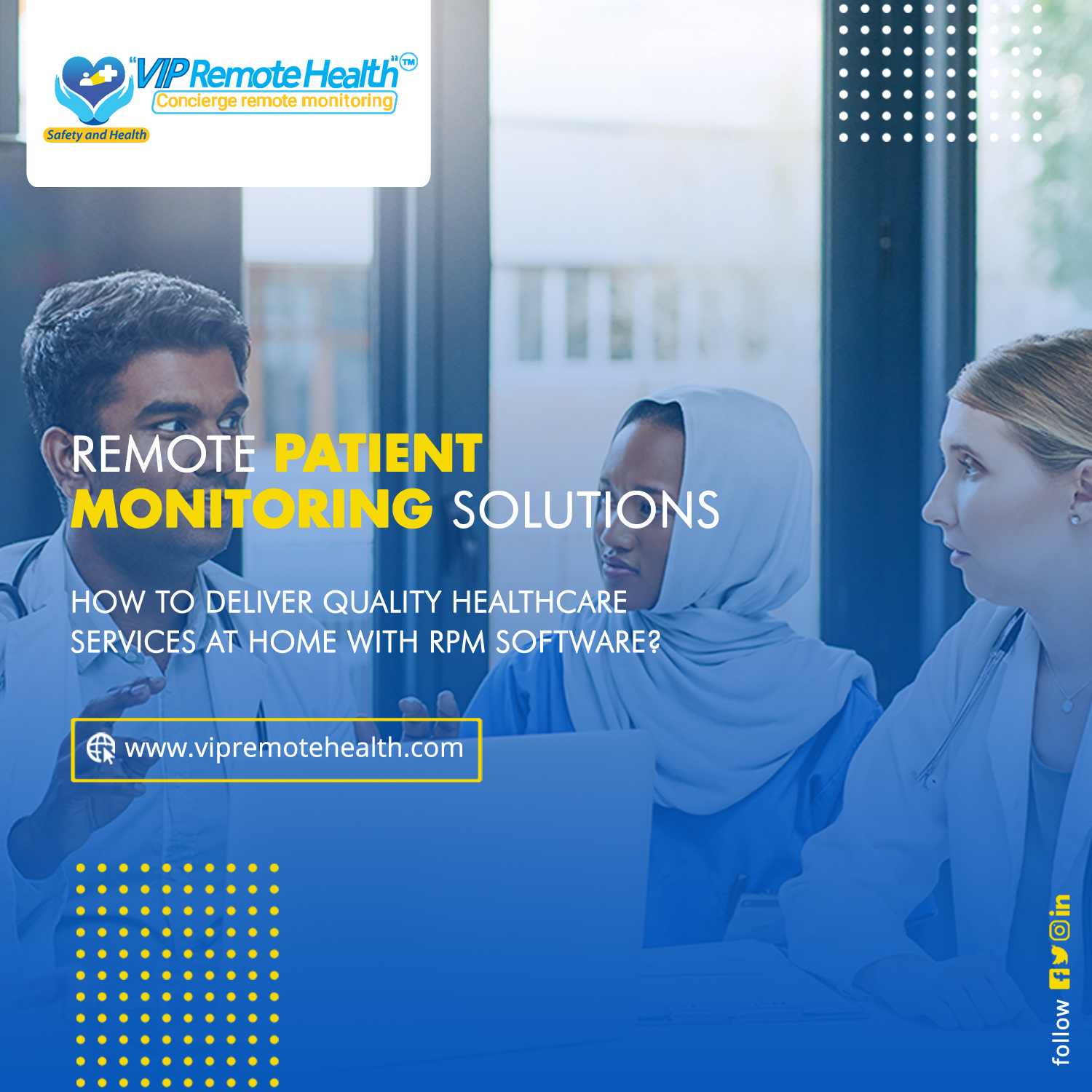The importance of the internet in our everyday world cannot be overemphasized. Be it shopping, booking flight tickets, or even consulting the doctor online, the internet has made it extremely convenient for us. It is harnessing the use of technology in the best possible way.
With the outbreak of Coronavirus, the WHO and our government suggested that we stay at our respective homes. The restrictions imposed were applicable to the healthcare sector as well, thereby leading to a gap between the patients and the caregivers. Not only this, but patients also want to avoid the risk of contracting Coronavirus. Hence, refrain from going to clinics and visit doctors.
In this kind of scenario, Remote Patient Monitoring has gained tremendous popularity. This system uses advanced technology to treat patients remotely without coming in actual contact with them. This is highly beneficial in cases of medical uncertainty or emergency cases. The healthcare management system is rapidly transforming from a hospital-centered system to a home care system.
How Does Remote Patient Monitoring Help?
This is of utmost help to the patients as it extends extensive care to them. This is a one-on-one kind of patient care where patients are individually attended to by the healthcare givers. The remote patient monitoring solutions also help transmit the data related to patient health in real-time so that they can be assessed and diagnosed at the earliest. It has also given a boost to the number of patient intakes for the healthcare givers as there is no limitation of seats. Physicians can now attend to more number of patients.
A Remote Patient Monitoring System Helps Physicians to Make Data-Driven Decisions
The remote patient monitoring software is a boon to the healthcare world. The system is evolving with each passing day and is empowering the patients more and more by improving and expanding the use of modern facilities. Remote patient monitoring helps healthcare workers to provide very focused care to the patients in need.
Devices and equipment such as blood pressure gauges and scales are connected to patients’ tablets or smartphones. These devices transmit the readings which are received and interpreted by the healthcare professionals. This helps extend immediate support to those who are chronically ill and are in dire need of treatment. Studies have shown that patients with cardiac issues have almost stopped registering for readmission due to remote patient monitoring systems.
Real-Time Monitoring of Patient’s Health
The hospitals and healthcare institutions that have installed remote patient monitoring systems are more efficient in providing better healthcare to professionals. It helps to provide real-time data about a patient’s health and transmits it to the healthcare professionals who diagnose the patient’s health condition.
Remote patient monitoring is also used for follow-ups. This helps to ease the stress on the hospitals and healthcare institutions. This doesn’t only prevent readmission but also allows the patients to take better care of their own selves. Owing to the real-time analysis of their health, they can advise what they should do and what they should not stay in the pink of health.
The advantages associated with remote patient monitoring solutions are plenty in number. It has helped remove some of the most prominent problems, such as slashing down the soaring cost of hospitalization. It also solves the problem of healthcare institutions not serving the need for expensive lab equipment. Therefore, it can be said that remote patient monitoring systems have revolutionized the scenario of health care. People no longer have to worry about travelling to hospitals for every little thing.
However, this kind of healthcare system imposes certain limitations on people living in remote areas. People who do not have access to a proper internet connection or a stable WiFi connection will always be unable to avail of the amazing benefits of remote patient monitoring systems.
Their problem remains unattended to and is not eradicated. We still have a long way to go in order to initiate the proper application of remote patient monitoring systems. Healthcare institutions have to be equipped with good remote patient monitoring software and equipment on their end, and there should also be facilities on the end of the patients to ensure proper execution of this system.
